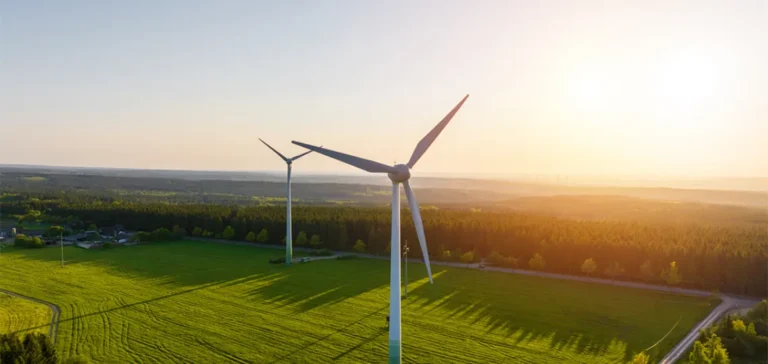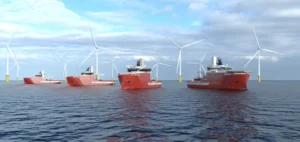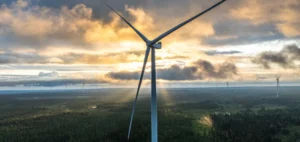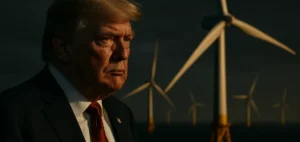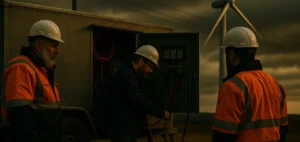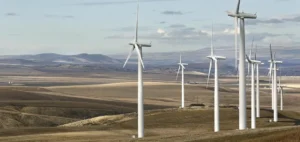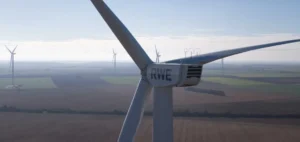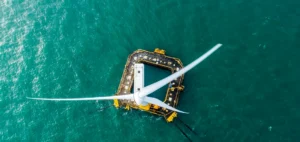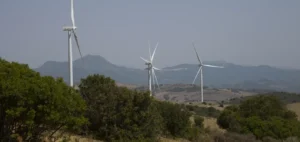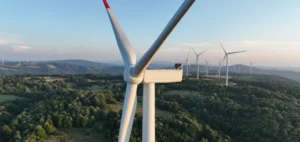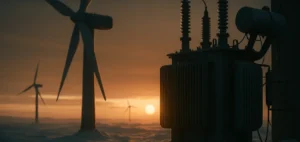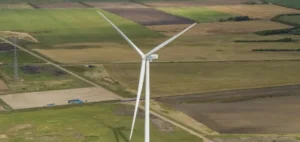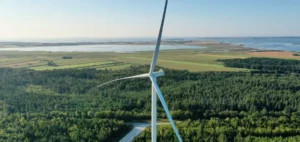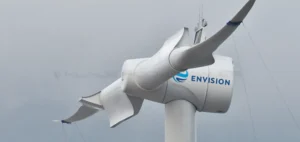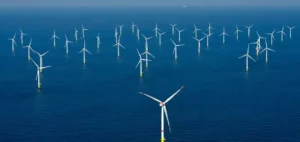NeXtWind, a company specialised in onshore wind energy, has secured €1.4 billion in debt financing, the largest of its kind for an independent operator on the German market. This amount will primarily serve to modernise its existing facilities, with the goal of quadrupling the production capacity of more than half of its 37 wind farms. Ultimately, the company aims to increase its total capacity to around 3 gigawatts (GW) by 2028, from a current capacity of 1.4 GW undergoing modernisation. NeXtWind may also activate up to an additional €1.3 billion in supplementary loan options (“accordion”).
Innovative financing structure
The financial operation, exclusively structured and managed by Lazard, stands out due to its unprecedented platform model in Germany, bringing together existing and future assets into a single overarching structure. Rather than financing projects individually, this platform allows national and international institutional investors to participate directly in grouped projects, thus facilitating financial operations. The financing includes several components tailored to specific needs of the onshore wind sector, such as term loans intended for acquisitions and investments, as well as flexible guarantee lines.
At the transaction closing, several major financial institutions were directly involved. Deutsche Bank serves as Global Coordinator, Mandated Lead Arranger and Bookrunner alongside ING Bank and Landesbank Baden-Württemberg (LBBW). Meanwhile, ING Bank is specifically responsible for coordinating the green loans, facilities, and guarantees. Several prominent international insurance companies have also joined the operation to guarantee part of the financial commitments.
Ambitious repowering of existing wind farms
Established in 2020, NeXtWind quickly consolidated its position in the German renewable energy market, specialising in the acquisition and optimisation of existing facilities through repowering. This approach involves replacing old turbines with more recent, efficient models, significantly increasing production capacities without needing new geographic locations. By 2026, NeXtWind intends to complete repowering, bringing its operational capacity to 1.4 GW, enough to annually supply around one million households with renewable energy.
The company’s objective is to achieve an overall electricity production capacity of 3 GW by 2028, notably thanks to this record financing. To accomplish this, in addition to optimising existing wind farms, it also plans to develop new projects in the coming years. This growth will be secured through adding new assets integrated within the same financing platform, making these assets eligible for capital market financial instruments.
Strategic positioning in the energy sector
According to Lars B. Meyer, Co-CEO of NeXtWind, this financing marks a turning point in the company’s business model: “This financing represents a significant milestone for NeXtWind and demonstrates confidence in our business model.” Meyer clarifies that the goal is to evolve existing wind farms into integrated hubs capable of producing, storing and distributing renewable energy while remaining compliant with power grid requirements.
With this unprecedented financing, NeXtWind aims to become a leading player in Germany, paving the way for similar future operations, particularly through this financing model which could be replicated at a larger scale in other European markets.


